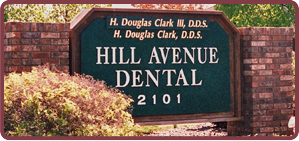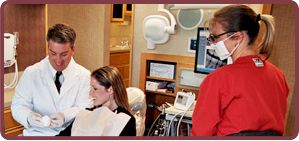
Do you have a high-deductible dental insurance plan? If so, you may also have an HSA. Also referred to as a health savings account, you can use these available funds to help pay for certain dental treatments. But which ones? And how can it be used in combination with your insurance plan, especially before your benefits expire? In this article, a dentist answers all these questions to help you get the most out of your available coverage while working to improve your smile.
Qualifying Dental Treatments to Use With Your HSA
Your HSA is a great benefit to use if you want to keep your out-of-pocket expenses low when visiting the dentist. Unfortunately, you cannot just use these funds for any health-related problem or service. There are stipulations involved, so before you commit to any sort of recommended treatment, check with your insurance company to find out if you can use your HSA to cover the expenses.
The most common dental treatments eligible for HSA use include:
- Root canals
- Fillings
- Tooth extractions
- Dental crowns
- Dental bonding
- Dentures
- Regular dental checkups and cleanings
Those not covered include cosmetic dentistry (i.e., teeth whitening, veneers, etc.) and products used to maintain good oral hygiene daily, such as a toothbrush, toothpaste, dental floss, and mouthwash.
Why Use HSA and Dental Insurance Before the Year Ends
Although most HSAs allow you to roll over your unused funds from year to year, most dental insurance plans do not. They are designed to provide benefits for a single calendar year, which means for 12 months, you can use the available money provided to improve, repair, and restore your oral health. While you may file a claim with your insurance company for a particular procedure (i.e., root canal), there may be a remaining balance that must be paid. In this instance, you can use your HSA to minimize any out-of-pocket expenses. However, if you wait until next year to undergo a particular procedure, your dental insurance benefits will not roll over, causing your plan to renew and your deductible to reset to $0. As a result, you’ll be expected to meet your new higher deductible before your insurance agrees to pay more for the services you receive.
What does this mean for your HSA? It means that you’ll pay more out of your pocket before your insurance agrees to step forward and pay their portion. There is a designated HSA contribution limit for individuals and families, so it’s better to meet your deductible, let your insurer pay more for your care, and then use your HSA. By waiting until next year, you’ll have to meet your deductible again, which can be costly.
Having an HSA can be a great benefit when it comes to being able to pay for necessary dental care. If you want to make the most of it, however, make sure you’re pursuing treatment before 2021 is over, so you can maximize your savings and take better care of your oral health.
About the Authors
Dr. Doug Clark, Jr. received his dental degree from Marquette University School of Dentistry before pursuing advanced training at The Las Vegas Institute for Advanced Dental Studies. He and Dr. H. Douglas Clark III are here to provide exceptional services to patients of all ages. From preventive services designed to minimize the potential for future problems to offering beneficial tips to care for a child’s teeth and gums between appointments, our team is here to deliver the high-quality care all families deserve. To learn more about what we can provide to you and your loved ones, visit our website or call (715) 392-5161.









